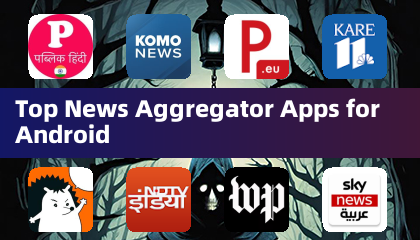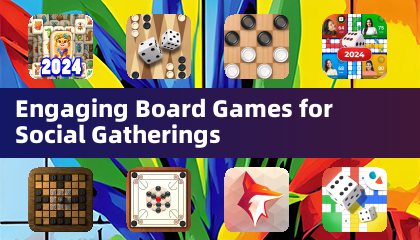The gaming industry has faced significant challenges in recent times, with layoffs, studio closures, and dwindling funds creating a turbulent environment. Enrique Fuentes, CEO and co-founder of Teravision Games, felt the impact keenly when his team launched Killer Klowns From Outer Space, an asymmetrical horror game inspired by the 80s film. Despite positive reception (IGN rated it a 7, praising its entertainment value akin to the movie), Teravision struggled post-launch, a predicament shared by many in the industry.
Fuentes reflected on the difficulties of 2024, noting, "2024 was a pretty tough year for the whole industry. So it was a little bit slow for us to close our next project." Despite partnerships with major brands like Disney, Nickelodeon, and Xbox, securing a follow-up project to Killer Klowns proved challenging. In response, Teravision pivoted to a novel approach: developing games within Fortnite using Unreal Engine for Fortnite (UEFN). Within a year, they released three UEFN games, with their fourth, Courtyard King, launching today. This game leverages the official The Walking Dead content pack in UEFN, created in collaboration with Skybound, the company co-founded by Robert Kirkman.
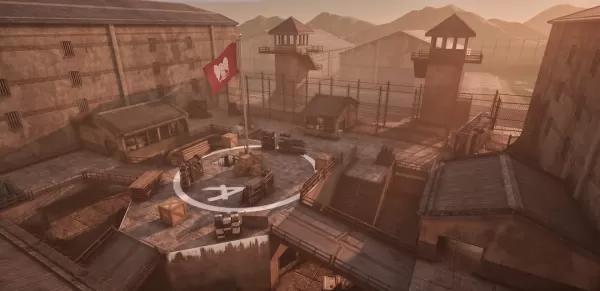 Courtyard King is a King of the Hill-style multiplayer PvPvE game set in The Walking Dead's iconic prison location, where players vie for control against each other and NPC zombies. Utilizing official assets, including character models of Rick Grimes, Negan, and Daryl Dixon, the game's narrative and dialogue were crafted with input from Skybound's writers, enriching the experience.
Courtyard King is a King of the Hill-style multiplayer PvPvE game set in The Walking Dead's iconic prison location, where players vie for control against each other and NPC zombies. Utilizing official assets, including character models of Rick Grimes, Negan, and Daryl Dixon, the game's narrative and dialogue were crafted with input from Skybound's writers, enriching the experience.
Fuentes highlighted the shift in project scale, saying, "Instead of a multi-year project like Killer Clowns From Outer Space, these are projects that we could put together in weeks or months." The move to UEFN was unexpected but fruitful, as Fuentes noted, "UGC, it’s one of the biggest things in gaming right now."
User-generated content (UGC) has become a major trend in gaming, especially with platforms like Fortnite. While UGC typically refers to creations by players, professional studios like Teravision are now tapping into this space. Fortnite's Unreal Engine 5-based tools provided an ideal platform for experienced developers like Teravision to experiment and manage risk.
Fuentes explained, "It made sense because we come from an engineering background and it was a platform where we could experiment in and assume some of the risk." This approach led to the development of Havoc Hotel, a roguelike shooter that became a modest success and evolved into Havoc Hotel 3, now one of Fortnite's most popular games.
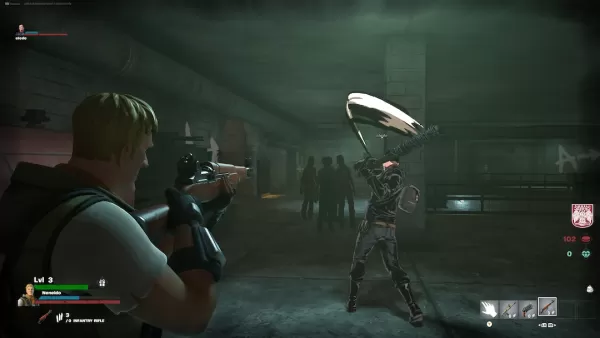 Teravision's game designer, Martin Rodriguez, noted that the transition to UEFN was smooth due to their prior experience with Unreal Engine. "For us, it just removes some of the work that we would’ve done otherwise and allows us to focus on just making better games and explore different new creative ideas," he said.
Teravision's game designer, Martin Rodriguez, noted that the transition to UEFN was smooth due to their prior experience with Unreal Engine. "For us, it just removes some of the work that we would’ve done otherwise and allows us to focus on just making better games and explore different new creative ideas," he said.
The game design team faced unique challenges with UEFN. Teravision's creative director, LD Zambrano, observed that UEFN games differ from traditional games. "In [UEFN’s] case, we have found that even though those objectives are still relevant... there are a lot of experiences that are very popular within the Fortnite ecosystem that are kind of just context," Zambrano said. He likened UEFN games to schoolyard play, where spontaneous and often nonsensical games foster engagement and friendships.
Courtyard King embodies this concept as an infinite game with no final winner. Players can join or leave at any time, switch teams, and engage in dynamic interactions, including betrayals, reflecting the unpredictable nature of The Walking Dead.
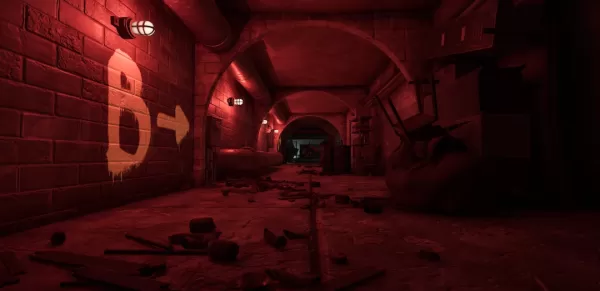 Fuentes sees UEFN as a promising model for indie developers. "We can actually assume the risk as an indie developer in [UEFN]. Because last year, we couldn’t even think about starting a three-year project," he said. This approach allows studios to support larger teams and innovate quickly, turning weeks of work into viable projects. "I think this is a dream come true for indie developers," Fuentes concluded, emphasizing the potential for creativity and rapid execution in this new development landscape.
Fuentes sees UEFN as a promising model for indie developers. "We can actually assume the risk as an indie developer in [UEFN]. Because last year, we couldn’t even think about starting a three-year project," he said. This approach allows studios to support larger teams and innovate quickly, turning weeks of work into viable projects. "I think this is a dream come true for indie developers," Fuentes concluded, emphasizing the potential for creativity and rapid execution in this new development landscape.

 Courtyard King is a King of the Hill-style multiplayer PvPvE game set in The Walking Dead's iconic prison location, where players vie for control against each other and NPC zombies. Utilizing official assets, including character models of Rick Grimes, Negan, and Daryl Dixon, the game's narrative and dialogue were crafted with input from Skybound's writers, enriching the experience.
Courtyard King is a King of the Hill-style multiplayer PvPvE game set in The Walking Dead's iconic prison location, where players vie for control against each other and NPC zombies. Utilizing official assets, including character models of Rick Grimes, Negan, and Daryl Dixon, the game's narrative and dialogue were crafted with input from Skybound's writers, enriching the experience. Teravision's game designer, Martin Rodriguez, noted that the transition to UEFN was smooth due to their prior experience with Unreal Engine. "For us, it just removes some of the work that we would’ve done otherwise and allows us to focus on just making better games and explore different new creative ideas," he said.
Teravision's game designer, Martin Rodriguez, noted that the transition to UEFN was smooth due to their prior experience with Unreal Engine. "For us, it just removes some of the work that we would’ve done otherwise and allows us to focus on just making better games and explore different new creative ideas," he said. Fuentes sees UEFN as a promising model for indie developers. "We can actually assume the risk as an indie developer in [UEFN]. Because last year, we couldn’t even think about starting a three-year project," he said. This approach allows studios to support larger teams and innovate quickly, turning weeks of work into viable projects. "I think this is a dream come true for indie developers," Fuentes concluded, emphasizing the potential for creativity and rapid execution in this new development landscape.
Fuentes sees UEFN as a promising model for indie developers. "We can actually assume the risk as an indie developer in [UEFN]. Because last year, we couldn’t even think about starting a three-year project," he said. This approach allows studios to support larger teams and innovate quickly, turning weeks of work into viable projects. "I think this is a dream come true for indie developers," Fuentes concluded, emphasizing the potential for creativity and rapid execution in this new development landscape. LATEST ARTICLES
LATEST ARTICLES 



